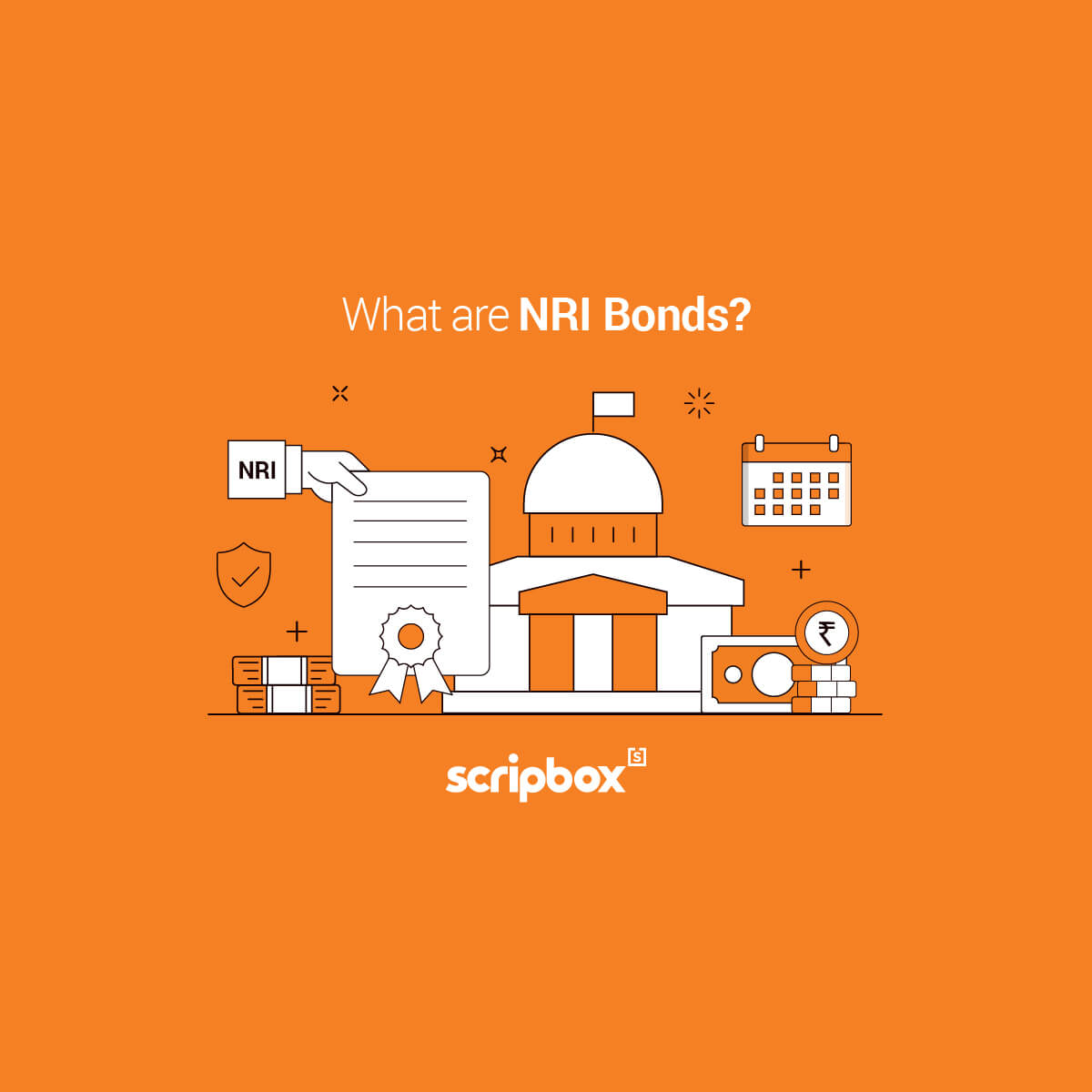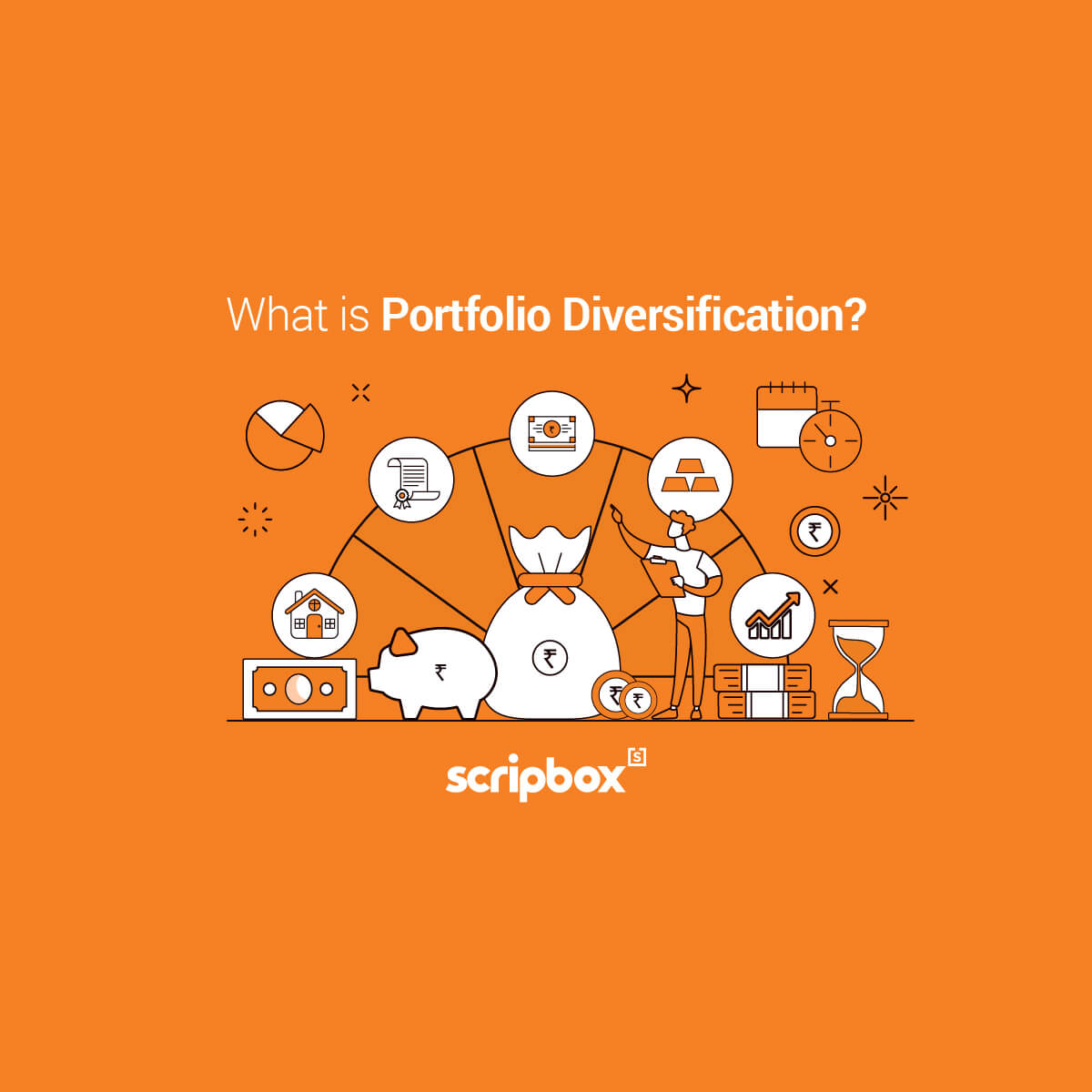What is Market Capitalization?
There are multiple criteria that investors have to look into before investing in any company. And one of them is market capitalization. Market capitalization refers to the total market value of the shares of a listed company. In other words, it is equal to the market price or current price per share multiplied by the number of outstanding shares. Furthermore, stocks are often classified as large-cap, mid-cap, or small-cap based on market capitalization.
Market capitalization is a measure of a company’s financial health and it also provides insight into the risk and potential returns of a stock. It is based on various factors like demand and supply, the company’s future prospects, etc.
How to Calculate Market Capitalization?
The Formula for the Market Capitalization is as follows.
Market Capital = Current Market Price per Share * Number of Outstanding Shares
Suppose the current price or market price of a share of ABC Ltd. today is Rs. 500, and the number of outstanding shares is 1,00,000. The market capitalization computation is as follows.
Market Capital = 500 X 100,000 = Rs. 50,000,000
The total market value of ABC Limited is Rs. 5 Crores.
Importance of Market Capitalization
A 360 degree approach: This is a universal approach to evaluating a company. Hence, investors can easily understand a company’s value regardless of its geographic location or economic conditions.
Balanced portfolio: To avoid the risk of a significant loss, investors should keep a balanced portfolio. This includes choosing to make high-risk investments in new businesses as well as the top few organisations by market cap.
Impact on the index: In the stock market, this strategy is used to balance the shares of various companies for the index. In fact, with this approach, the index gives stocks with a higher market capitalization more weight.
Enables comparison: This method is convenient for investors to analyse various companies because it is a universal method that can be used to determine the market value of any company. This comparison not only highlights the company’s size but also the risk involved in investing in it.
Types of Market Capitalization
Companies can be classified into 3 types of market capitalization and they are:
Large-cap
Companies with a capitalization above Rs. 20,000 crores are considered large-cap. The risk involved with investing in the stocks of large-cap firms is quite low due to the low volatility as compared to mid-cap and small-cap firms. However, they are a safer investment options. Investors with a low-risk appetite and those looking for steady and stable returns prefer these. Examples: Reliance, Infosys, TCS, ICICI bank, etc.
Mid-cap
Market capitalization in the range of Rs. 5,000 to Rs. 20,000 crores are considered mid-cap companies. While these companies are in the development phase, and they have the potential to become large cap. Investing in mid-cap companies is riskier compared to large cap companies due to the higher volatility of their stocks. Therefore, investors who are willing to take risks can prefer them. Examples: BHEL, Canara Bank, SAIL, etc.
Small-cap
Companies with a market cap of less than Rs. 5,000 crores are considered small-cap. These are small businesses that cater to new emerging markets and carry a higher risk due to their limited resources and increased competition to fierce competition and market volatility. Investors who are willing to take higher risks for higher returns prefer these. Examples: Bajaj Electric, PVR, CAMS, etc.
As per SEBI, the categories of companies for mutual fund schemes are as follows:
- Large-cap: The top one hundred companies in terms of market capitalization. You may follow the Nifty 100 index to find out about these companies.
- Mid-cap: 101st-250th company as per market capitalization. You may follow Nifty 150 Mid-cap to learn about these companies.
- Small-cap: Companies ranking from 251 onwards as per market capitalization. You may follow Nifty 250 small cap to learn about these companies.
Frequently Asked Questions
What impacts a company’s market capitalization?
Demand and supply, the company’s future prospects, company-specific news, industry-specific news and the company’s fundamental factors impact the market capitalization.
Difference between market cap and free-float market cap?
A market cap is equal to the market price or current price per share multiplied by the number of outstanding shares. Whereas free-float market cap refers to the market price or current price per share multiplied by the number of outstanding shares, excluding the shares held by promoters, insiders, and the government.
High or low, which market cap is better?
High market cap companies are large firms that are mostly the market leaders in their industry or sector. They have a proven track record and hence are stable investment options when compared to lower market cap companies (mid and small). Thus, the choice of which is better depends on your investment needs and risk tolerance levels. Low market cap companies are comparatively riskier than high market cap companies.
Does market cap affect stock price?
No. The market cap doesn’t affect the stock price. Instead, the stock price helps in determining the market cap.
What is the current total market capitalization of India?
In August 2022, the total market capitalization of India was Rs. 280.5 trillion.
How to increase market capitalization?
For the market capitalization to increase, either the share prices should be increased or the number of shares issued should be increased.
Discover More























Show comments